Home>Interior Design>Tumble Dryer Temperature Guide: Know-How For Fabric Care
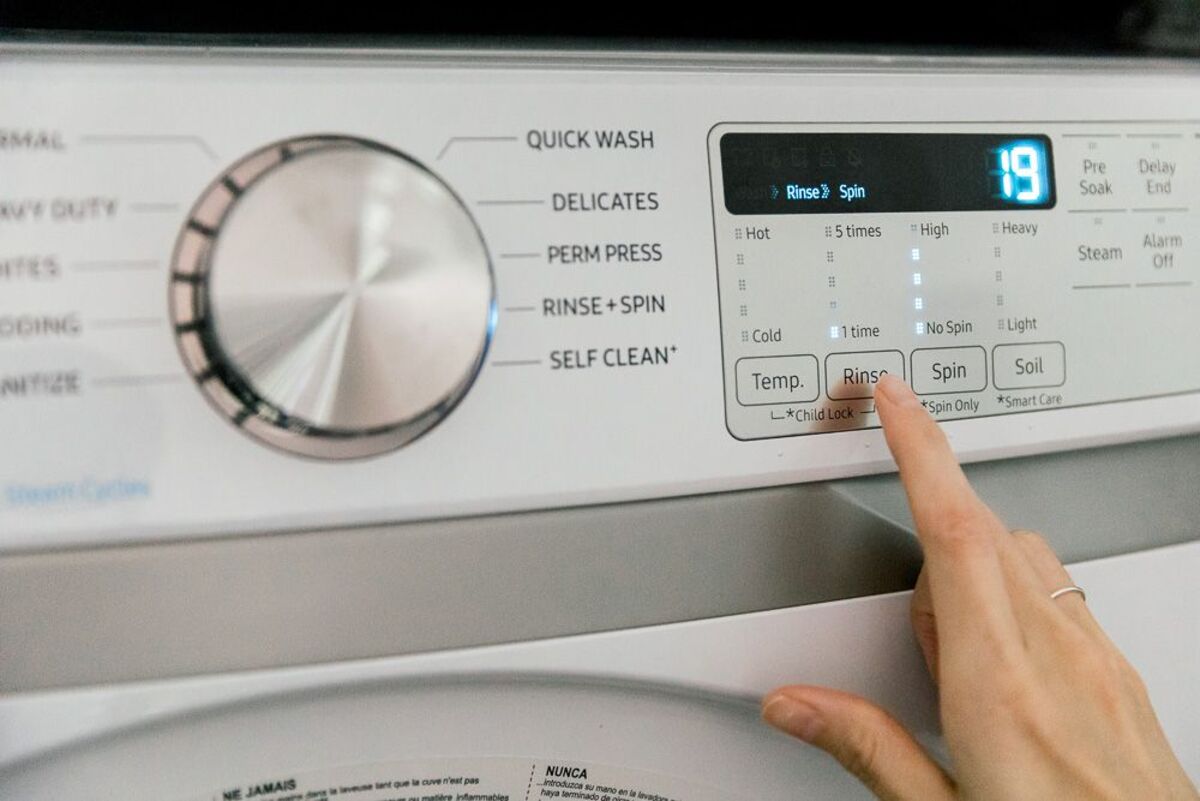

Interior Design
Tumble Dryer Temperature Guide: Know-How For Fabric Care
Modified: October 27, 2024
Get expert tips on tumble dryer temperature for fabric care in our comprehensive guide. Learn how to maintain the perfect temperature for your interior-design needs.
(Many of the links in this article redirect to a specific reviewed product. Your purchase of these products through affiliate links helps to generate commission for Storables.com, at no extra cost. Learn more)
Introduction:
When it comes to caring for our beloved fabrics, using a tumble dryer can be a convenient and time-saving solution. However, it’s important to understand the impact of different tumble dryer temperatures on various types of fabrics. The temperature setting you select plays a vital role in ensuring that your fabrics remain in good condition and retain their shape and color.
In this guide, we will explore the different tumble dryer temperature settings and provide you with valuable knowledge to help you care for your fabrics effectively. Whether you’re drying delicate silk garments or sturdy cotton towels, understanding the appropriate temperature setting can prevent damage and prolong the lifespan of your fabrics.
By following this tumble dryer temperature guide, you can confidently tackle your laundry routine while keeping your fabrics soft, wrinkle-free, and looking their best.
Key Takeaways:
- Choose the right tumble dryer temperature setting to preserve fabric quality, prevent shrinkage, and maintain colors. Delicate fabrics like silk and lace require low heat, while sturdier fabrics like cotton can withstand medium to high heat.
- For delicate fabrics like wool, cashmere, silk, and satin, opt for air drying instead of tumble drying to maintain softness, shape, and luxurious texture. Always follow care labels and manufacturer’s instructions for best results.
Read also: 10 Incredible Tumble Dryer For 2025
Understanding Tumble Dryer Temperatures:
Before diving into the specifics of different heat settings, it’s important to understand the basic temperature range of a tumble dryer. Most modern tumble dryers offer a range of heat settings: low, medium, and high. These settings control the intensity of the heat that is applied to your fabrics during the drying process.
While the general temperature ranges can vary between different dryer models, a low heat setting typically ranges from 80°F to 120°F (27°C to 49°C), a medium heat setting ranges from 140°F to 160°F (60°C to 71°C), and a high heat setting can go up to 200°F (93°C) or higher.
Now, let’s explore the effects of these temperature settings on different types of fabrics, so you can determine which setting is best suited for your needs. Remember, it’s always a good idea to consult the care label on your garments for any specific instructions or temperature recommendations.
Low Heat Settings:
Low heat settings in a tumble dryer are ideal for delicate fabrics and items that are prone to shrinking or damage from high heat. This setting provides gentle heat that is less likely to cause any harm to your fabrics.
When using the low heat setting, it’s important to note that drying times may be longer than with higher heat settings. However, the extra time is worth it to protect your delicate fabrics. Here are some fabrics that are best dried on low heat:
- Silk: Silk is a delicate fabric that should be handled with care. Using a low heat setting will help preserve its softness and natural luster.
- Delicate knits: Sweaters and other delicate knitted items can easily lose their shape or become misshapen in high heat. Opting for a low heat setting will prevent this issue.
- Lace: Lace is intricate and delicate, and high heat can cause it to warp or lose its delicate details. Always use a low heat setting when drying lace items.
- Vintage or antique textiles: Older fabrics, such as vintage or antique textiles, are often more delicate and can be damaged by high heat. Use the low heat setting to preserve their historical value.
By using the low heat setting for these fabrics, you can ensure that they maintain their quality and longevity for years to come.
Medium Heat Settings:
Medium heat settings in a tumble dryer provide a balance between gentle drying and efficient moisture removal. This setting is suitable for a wide range of fabrics, including everyday clothing items and linens. Here are some fabrics that can be safely dried on a medium heat setting:
- Cotton: Cotton is a versatile fabric that can withstand moderate heat. Using a medium heat setting will effectively dry cotton clothing, towels, and bed sheets without causing excessive shrinkage or damage.
- Polyester: Polyester is a synthetic fabric that is known for its durability. It can handle medium heat without losing its shape or texture. Many everyday garments, such as t-shirts and activewear, are made from polyester blends.
- Linen: Linen is a breathable and lightweight fabric commonly used for summer clothing and home decor. Medium heat is generally safe for drying linen, but it’s always recommended to check the care label for any specific instructions.
- Blended fabrics: Fabrics that are a blend of different fibers, such as cotton-polyester blends, can be safely dried on a medium heat setting. This setting ensures effective drying without causing damage to any of the fibers.
Using a medium heat setting allows for efficient drying while minimizing the risk of damage to your fabrics. It’s a versatile option for everyday items and fabrics that can tolerate a moderate level of heat.
High Heat Settings:
High heat settings in a tumble dryer offer maximum drying power and are best suited for sturdy fabrics and items that need to be dried quickly. However, it’s important to use caution when using high heat, as it can potentially cause shrinkage or damage certain types of fabrics. Here are some fabrics that can withstand high heat:
- Cotton and Linen Fabrics: These natural fibers are more durable and can handle higher temperatures. High heat settings are effective for drying cotton towels, jeans, and linens, but it’s essential to monitor the drying process to avoid over-drying or shrinkage.
- Synthetic Fabrics: Fabrics like polyester, nylon, and spandex are known for their ability to withstand high heat. These fabrics are often found in athletic wear, swimwear, and lingerie. High heat settings can help remove moisture quickly without causing damage.
- Thick or Heavy Fabrics: Items like blankets, comforters, and thick bathrobes may require high heat to ensure thorough drying. Just be cautious and check the care label for any specific instructions to avoid damaging the fabric.
While high heat settings can expedite drying time, it’s crucial to avoid using them for delicate or heat-sensitive fabrics. Always refer to the care label and manufacturer’s instructions for recommended drying temperatures.
Remember that high heat can cause certain fabrics to shrink or become misshapen, so it’s important to keep a watchful eye on your garments during the drying process. If in doubt, it’s better to err on the side of caution and choose a lower heat setting to protect your fabrics.
Read more: How Does The Thermostat Know The Temperature
Delicate Fabrics:
Delicate fabrics require extra care and attention when using a tumble dryer. These fabrics are more susceptible to damage from heat, friction, and agitation. Here are some tips for drying delicate fabrics:
- Silk: Silk is a luxurious and delicate fabric that should be handled with care. It is best to avoid using a tumble dryer for silk garments, as the heat and tumbling motion can cause the fabric to lose its softness and sheen. Instead, consider laying the garment flat to air dry or using a dedicated silk drying rack.
- Wool and Cashmere: Wool and cashmere are natural fibers that require specific care to avoid shrinking and felting. These fabrics should never be placed in a tumble dryer, as the heat and agitation can cause them to shrink and lose their shape. Instead, lay the item flat on a clean towel and reshape it as it dries.
- Delicate Lace: Lace is intricately woven and can be easily snagged or stretched in a tumble dryer. It is best to avoid using heat altogether and let lace garments air dry. To prevent stretching, gently reshape the lace while it is still damp.
- Sheer Fabrics: Fabrics such as chiffon, organza, and tulle are delicate and prone to snagging. Avoid using a tumble dryer for these fabrics and opt for air drying instead. Lay the fabric flat or hang it carefully to prevent wrinkles or stretching.
When drying delicate fabrics, it is always advisable to carefully read the care label and follow the manufacturer’s instructions. If in doubt, it is better to err on the side of caution and opt for gentle air drying methods to preserve the fabric’s quality and longevity.
To prevent shrinking and damage, use a low heat setting for delicate fabrics like silk and wool in the tumble dryer. Always check the care label for specific instructions.
Synthetic Fabrics:
Synthetic fabrics are popular for their durability and quick-drying properties. These fabrics, such as polyester, nylon, and spandex, can withstand higher heat settings and are often suitable for tumble drying. However, it’s still important to take precautions to ensure the longevity of synthetic fabrics:
- Check the Care Label: Always refer to the care label on your synthetic garments for specific drying instructions. Some synthetic fabrics may have special care requirements or recommend using a lower heat setting.
- Use a Lower Heat Setting: While synthetic fabrics can tolerate high heat, using a medium heat setting is often sufficient for drying. This helps prevent excessive shrinkage and maintain the fabric’s elasticity.
- Separate Colors: It’s a good practice to separate bright or dark-colored synthetic garments from lighter colors to avoid color bleeding. Follow the care instructions to determine if separate drying is necessary.
- Don’t Overload the Dryer: Overloading the dryer can cause synthetic fabrics to tangle and wrinkle. Leave enough space for air circulation and proper drying.
By following these guidelines, you can safely dry synthetic fabrics in a tumble dryer while minimizing the risk of damage or shrinkage. Synthetic fabrics offer the convenience of quick drying, making them a go-to choice for everyday clothing items, athleisure wear, and swimwear.
Remember, it’s always best to check the care instructions provided by the manufacturer to ensure proper care for your specific synthetic fabrics. Following these guidelines will help your synthetic garments retain their shape, color, and functionality over time.
Cotton and Linen Fabrics:
Cotton and linen fabrics are commonly used in clothing, bedding, and everyday household items. These natural fibers are breathable and absorbent, making them popular choices for warm weather and comfortable wear. Here are some tips for effectively drying cotton and linen fabrics:
- Check the Care Label: Always refer to the care label on your cotton and linen garments for specific drying instructions. Some items may recommend air drying or using a lower heat setting to prevent shrinkage.
- Opt for Medium Heat: Cotton and linen fabrics can withstand relatively high heat, but it’s generally recommended to use a medium heat setting. This allows for effective drying without causing excessive shrinkage or damage to the fabric.
- Separate Colors: It’s a good practice to separate colored cotton and linen items from lighter shades to prevent color bleeding. Follow the care instructions to determine if separate drying is necessary.
- Remove Promptly: Avoid leaving cotton and linen items in the dryer for extended periods after the drying cycle is complete. This can help minimize wrinkles and the need for excessive ironing.
- Shake Out Before Folding: Before folding or storing dried cotton and linen garments, give them a gentle shake to loosen any remaining wrinkles. This will keep them looking neat and ready to use.
By following these guidelines, you can effectively dry your cotton and linen fabrics in a tumble dryer while maintaining their quality and longevity. These fabrics are known for their durability, and with proper care, they can continue to provide comfort and style for years to come.
Remember, it’s always best to consult the care instructions provided by the manufacturer to ensure proper care for your specific cotton and linen items. As with any fabric, treating stains promptly and handling them with care will help prolong their lifespan and appearance.
Wool and Cashmere Fabrics:
Wool and cashmere fabrics are luxurious and highly sought-after for their softness and warmth. However, these natural fibers require extra care and attention when it comes to drying. Tumble drying is generally not recommended for wool and cashmere fabrics due to the risk of shrinkage and damage. Here’s how to care for these delicate fabrics:
- Air Drying: The safest method for drying wool and cashmere is air drying. Lay the items flat on a clean towel or a drying rack, reshaping them to their original form. Avoid hanging them, as the weight can cause stretching or distortion.
- Reshape While Damp: When drying wool and cashmere, it’s important to reshape the garments while they are still damp. Gently stretch and smooth out any wrinkles or misshapen areas to maintain their original form.
- Avoid Sunlight and Heat: Direct sunlight and heat sources can cause the fibers to become brittle and lose their softness. Therefore, it’s best to dry wool and cashmere away from direct sunlight and heat to preserve their quality.
- Store Properly: After drying, store wool and cashmere items in a cool, dry place, preferably folded and wrapped in breathable fabric or tissue paper. This will protect them from moths and maintain their integrity until the next use.
Remember, it’s crucial to always check the care label before washing or drying wool and cashmere items. Some garments may require handwashing or professional dry cleaning to maintain their softness and shape. Following the manufacturer’s recommendations will help ensure the longevity of these luxurious fabrics.
By giving your wool and cashmere items the proper care they deserve, you can enjoy their warmth and elegance for many seasons to come.
Silk and Satin Fabrics:
Silk and satin fabrics are known for their luxurious feel and delicate nature. These fabrics require special care when it comes to drying, as they can easily become damaged or lose their luster. Here’s how to properly dry silk and satin fabrics:
- Avoid Tumble Drying: Tumble drying is not recommended for silk and satin fabrics, as the heat and agitation can cause them to become wrinkled, shrink, or lose their smooth texture. Instead, opt for air drying methods.
- Air Drying: To air dry silk and satin garments, lay them flat on a clean towel or a drying rack. Avoid wringing or twisting the fabric, as this can cause it to lose its shape. Pat the fabric with a towel to absorb excess moisture gently.
- Use a Steamer: A handheld steamer can be a useful tool for removing wrinkles from silk and satin fabrics. Hang the garment on a hanger and hold the steamer several inches away, allowing the steam to gently relax the fabric.
- Avoid Direct Sunlight: Exposing silk and satin to direct sunlight while drying can cause fading and discoloration. Find a cool, shaded area to air dry these fabrics to preserve their color and sheen.
- Handle with Care: When handling silk and satin fabrics, be mindful of jewelry, sharp objects, or rough surfaces that can snag or damage the delicate fabric. Store them separately to prevent any friction or potential damage.
By following these guidelines, you can ensure that your silk and satin fabrics retain their luxurious look and feel. It’s also important to note that silk and satin may require additional care, such as gentle handwashing or professional dry cleaning, depending on the specific garment or item.
Appreciating the delicate nature of silk and satin fabrics and providing them with the care they deserve will allow you to enjoy their beauty and elegance for many occasions to come.
Conclusion:
Understanding the appropriate tumble dryer temperatures for different types of fabrics is essential to ensure that your garments and household items remain in optimal condition. By utilizing the right heat setting, you can prevent shrinkage, maintain colors, and prolong the lifespan of your fabrics.
When it comes to delicate fabrics like silk and lace, it’s best to avoid tumble drying altogether or use the lowest heat setting available. Air drying or flat drying is often preferred for these fabrics to preserve their quality and intricate details.
For synthetic fabrics and everyday items like cotton and polyester, a medium heat setting is generally sufficient for effective drying. This strikes a balance between quick drying and minimizing the risk of damage to the fabrics.
High heat settings can be used for sturdier fabrics like cotton towels or thick blankets. However, caution should be exercised to avoid over-drying or causing shrinkage to more delicate fabrics within the load.
Wool and cashmere fabrics should never be tumble dried, as high heat can cause irreversible damage. Air drying and reshaping the garments while still damp will help maintain their softness and shape.
Silk and satin fabrics also require special care and should be air dried to prevent wrinkling, shrinkage, or loss of their smooth texture.
In conclusion, by understanding the specific needs of different fabrics and choosing the appropriate temperature settings, you can ensure that your fabrics remain in excellent condition, retain their appearance, and provide you with long-lasting enjoyment. Always refer to the care labels on your garments for specific instructions and follow our tumble dryer temperature guide for a hassle-free and fabric-friendly drying experience.
Curious about cutting costs and boosting efficiency at home? Don't miss our savvy guide on how to save energy with your AC. This easy-to-follow article lights the way to significant savings, revealing practical steps you can take today to reduce your energy consumption without sacrificing comfort. Whether you're looking to keep cool or just keep your bills in check, this guide has got your back.
Frequently Asked Questions about Tumble Dryer Temperature Guide: Know-How For Fabric Care
Was this page helpful?
At Storables.com, we guarantee accurate and reliable information. Our content, validated by Expert Board Contributors, is crafted following stringent Editorial Policies. We're committed to providing you with well-researched, expert-backed insights for all your informational needs.




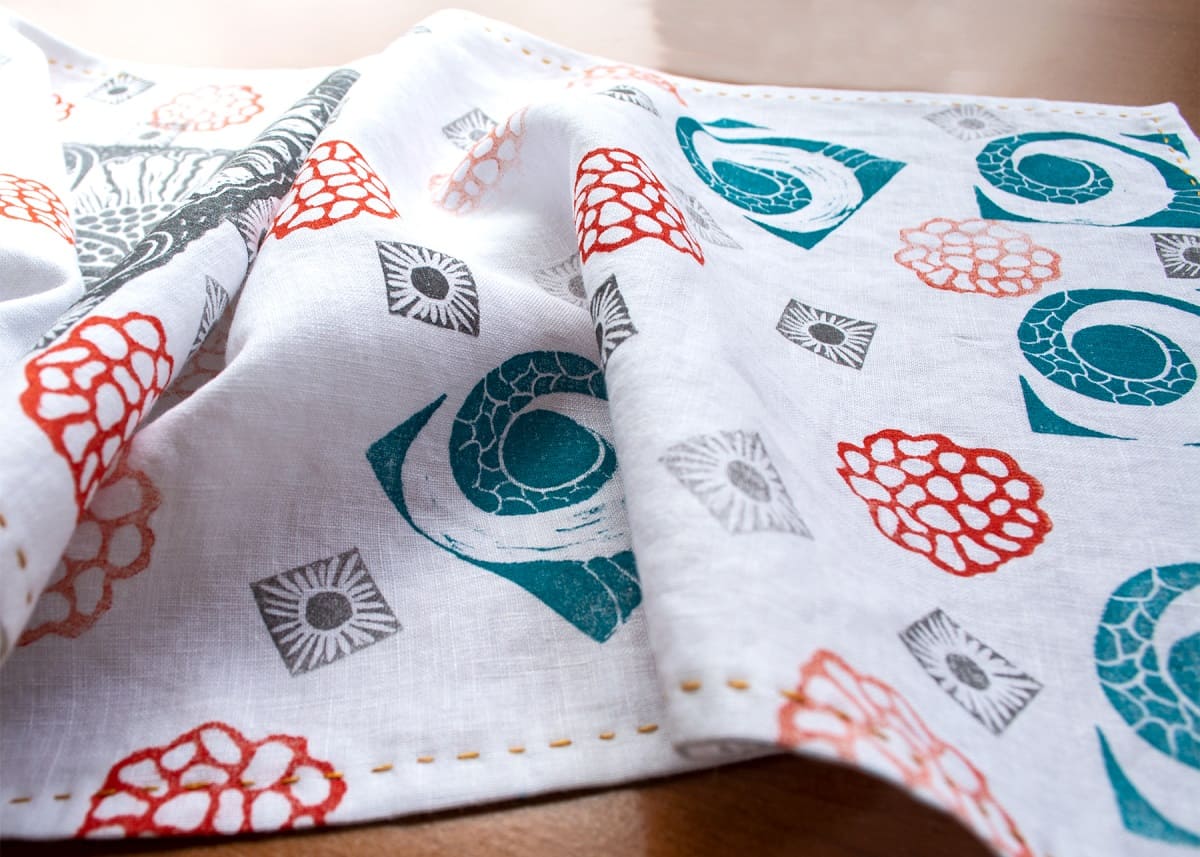
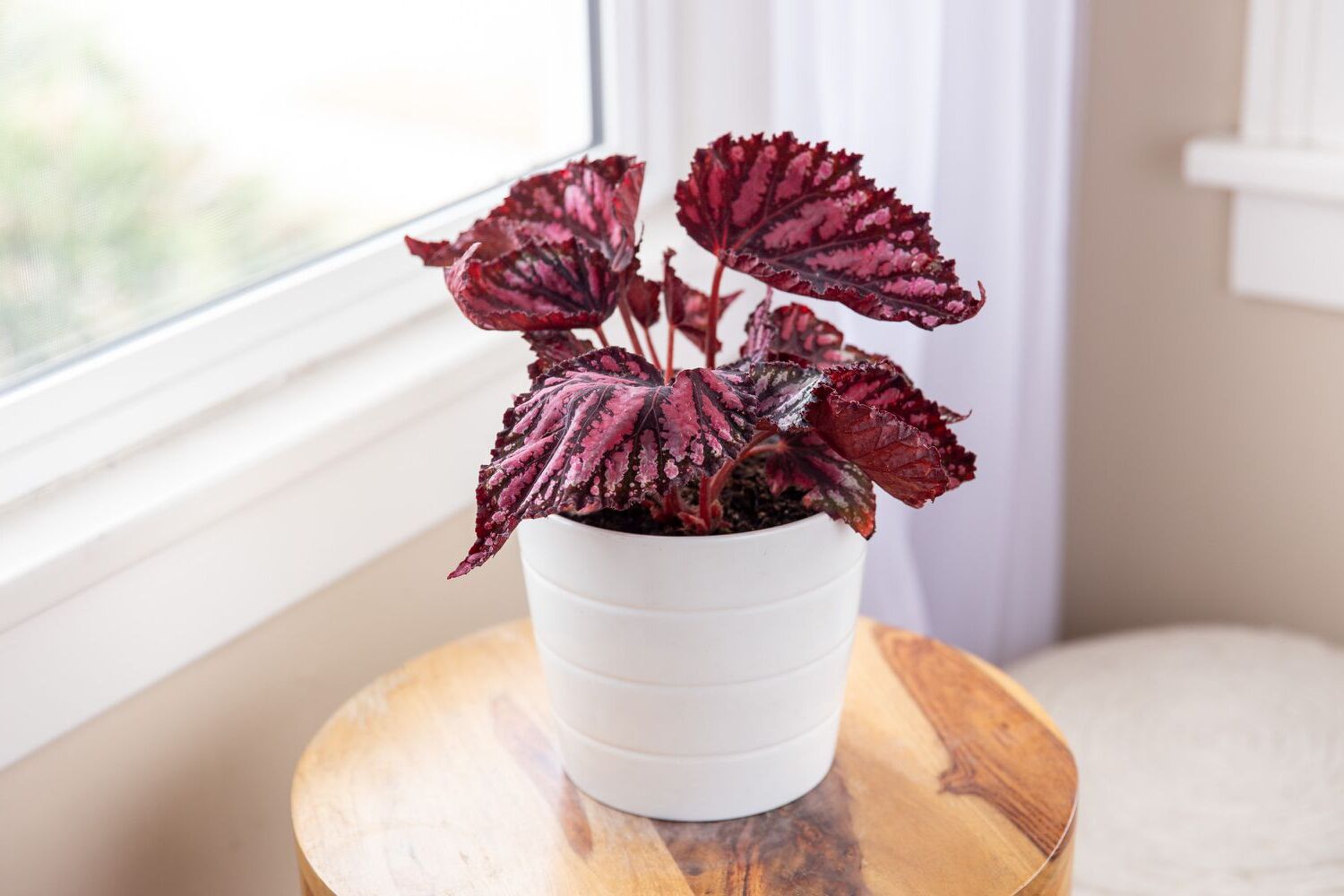
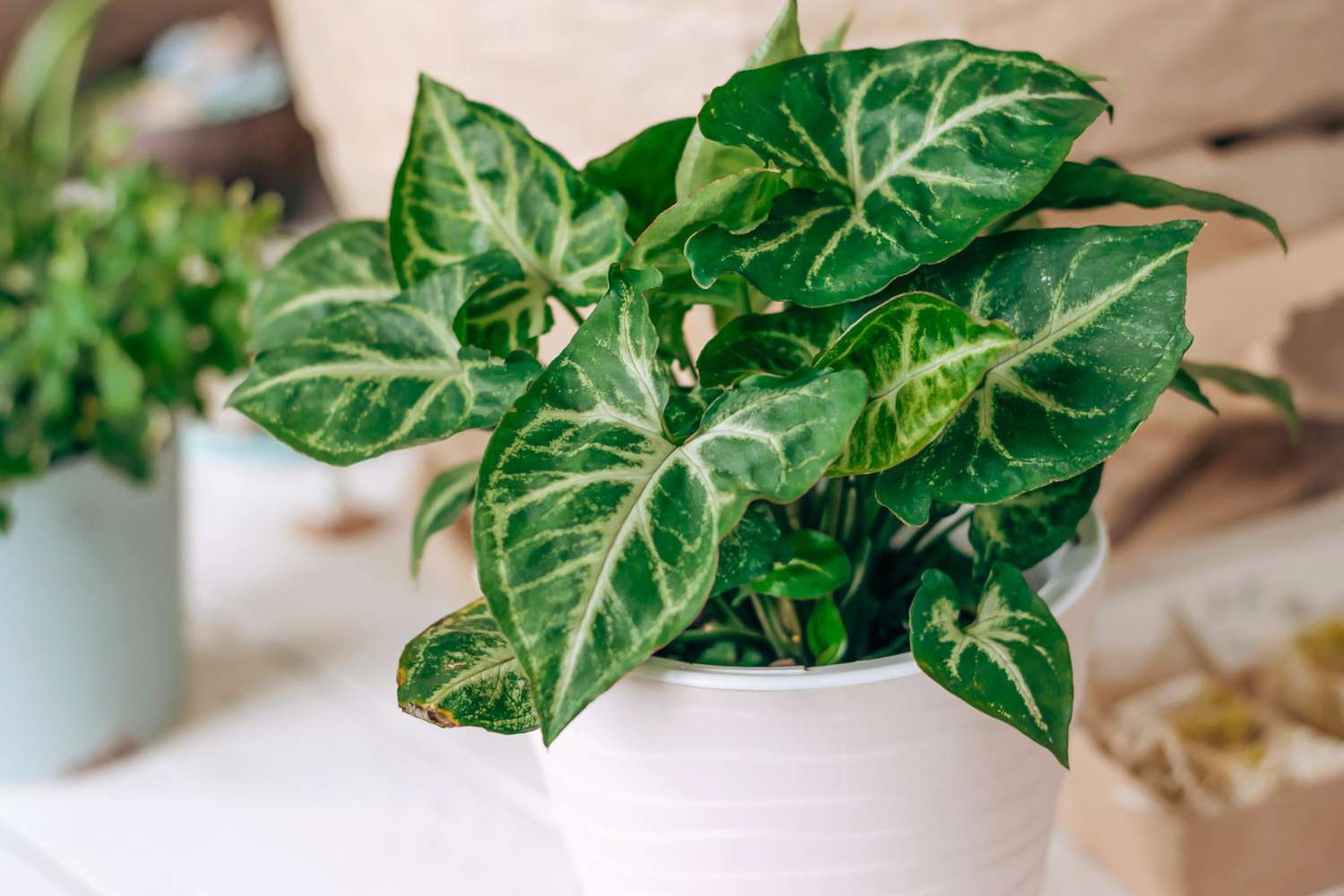
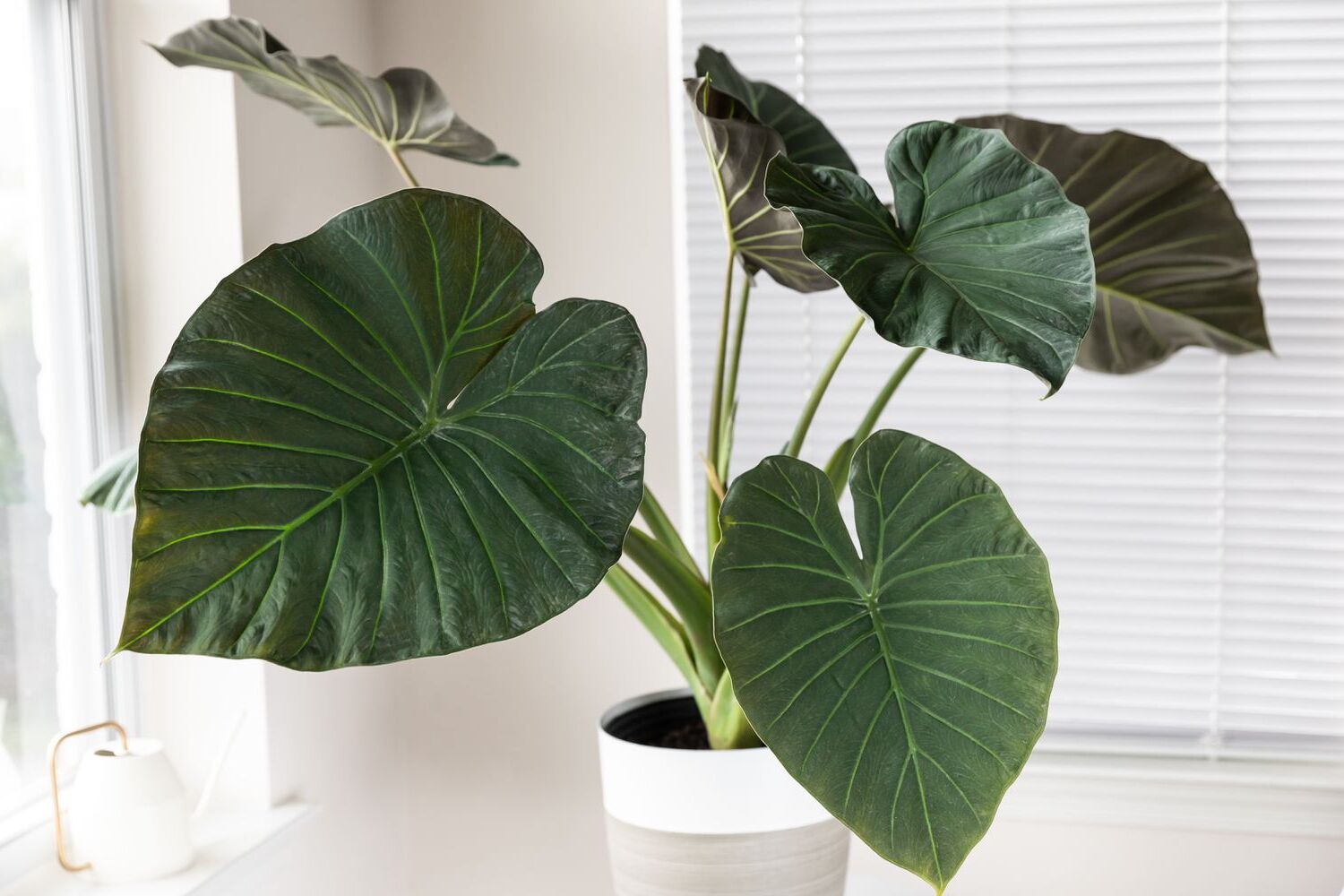
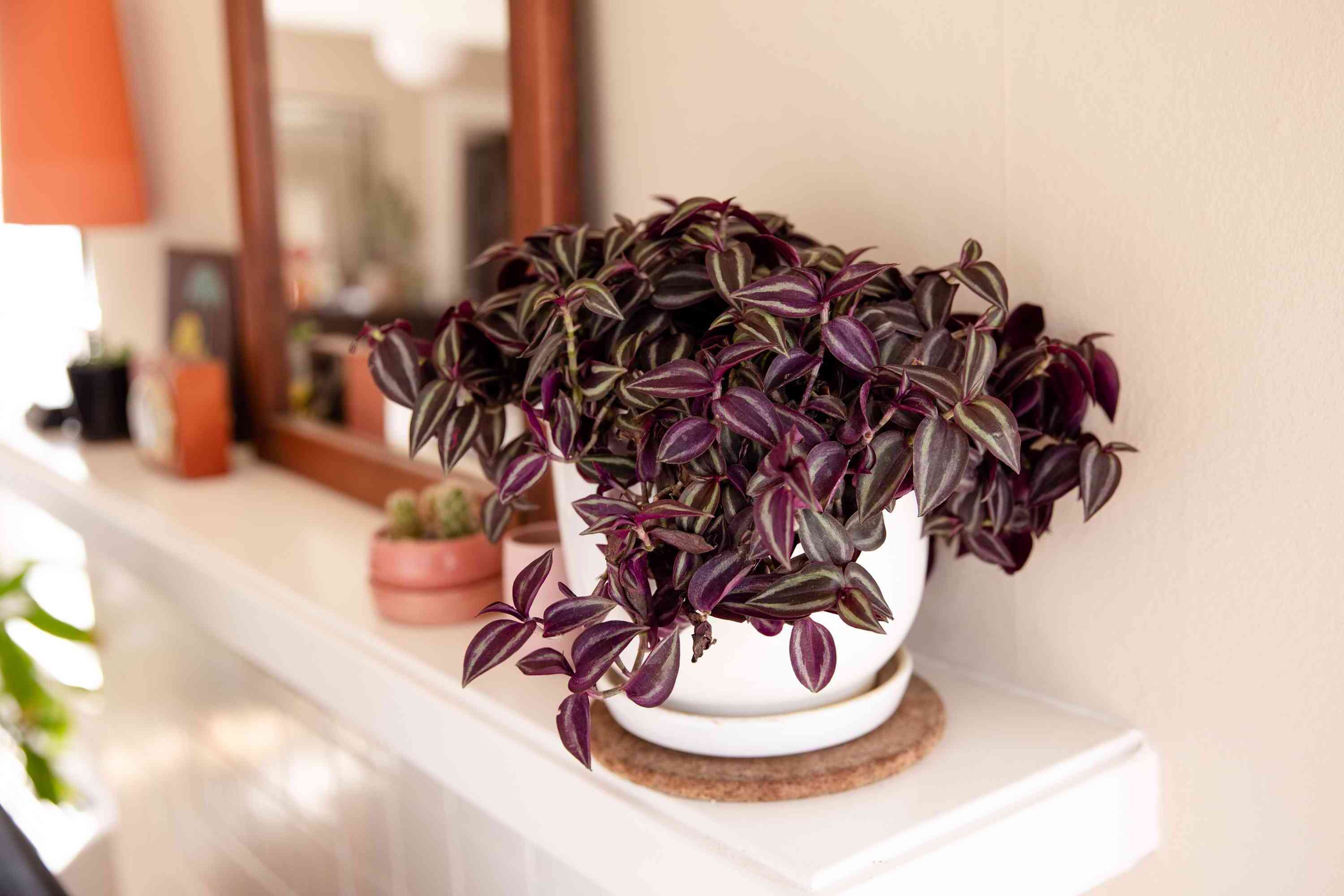



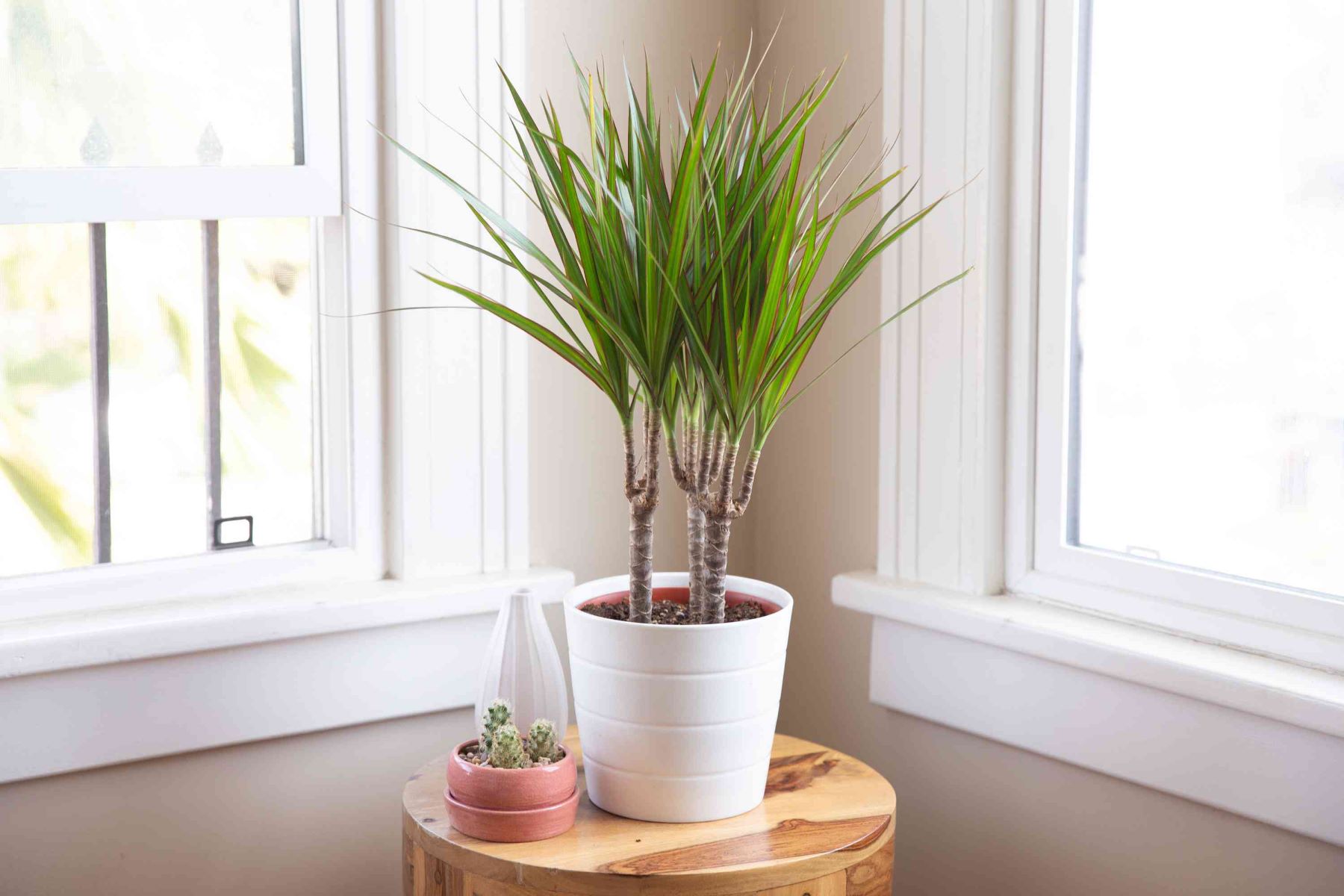

0 thoughts on “Tumble Dryer Temperature Guide: Know-How For Fabric Care”